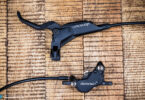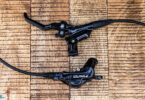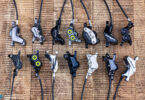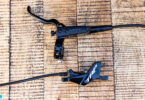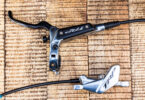ENDURO 2015 Long Term Test | First Ride: Whyte T-129 SCR
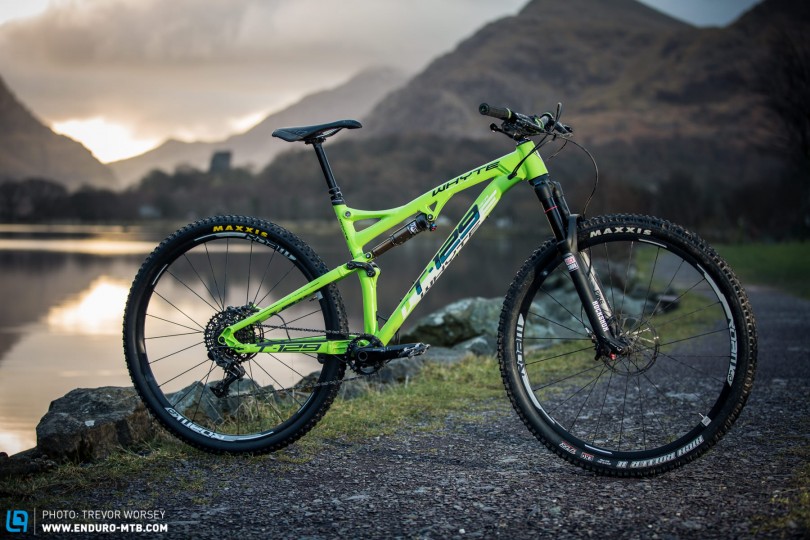
With a love for trail riding and endurance racing, our UK editor Catherine Smith was the perfect choice for the £3099 Whyte T-129 SCR Works long term test bike, a rapid trail bike that mixes modern geometry with easy going 29er manners. After a busy race season filled with numerous podiums, we check in to see how the Whyte T-129 has performed.
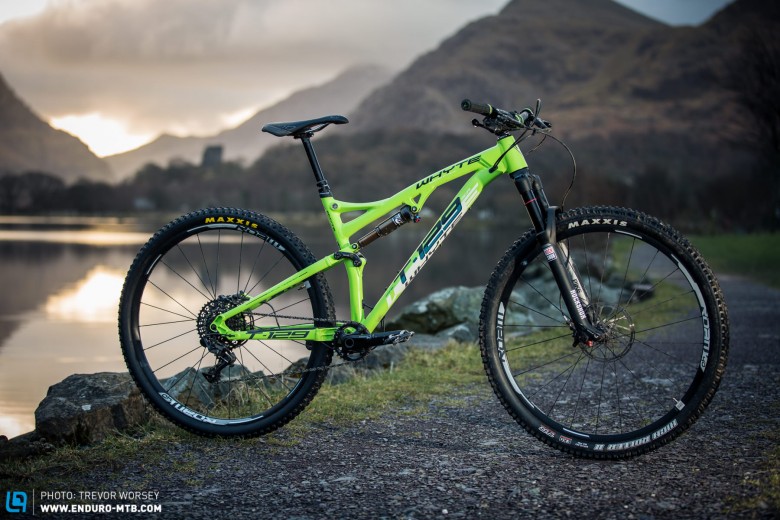
Whyte have always obsessed over geometry and so it’s no surprise to see that in their T-129 they have fused the benefits of 29 inch wheels with a geometry that would be more at home on an aggressive, longer travelled bike. “Long, low and slack” may be a term that is now grossly overused nowadays, but it describes the Whyte T-129 perfectly. The long 617mm top tube (size medium), 68 degree head angle and tight 431mm chain stays add up to a potent geometry.
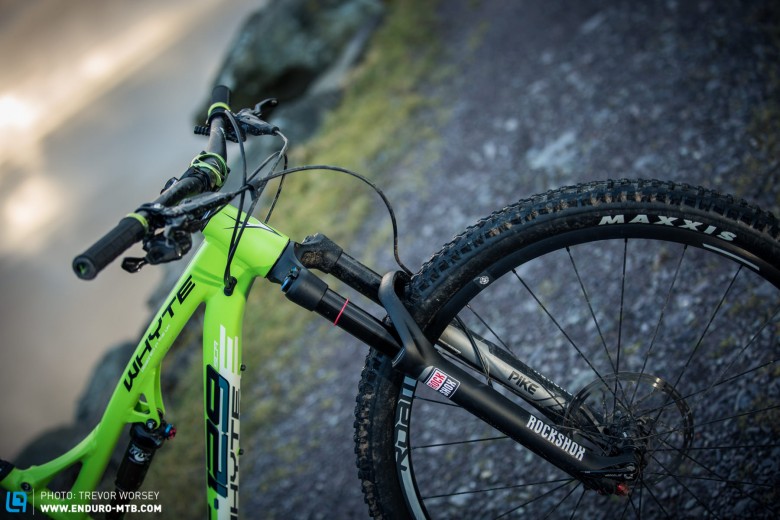
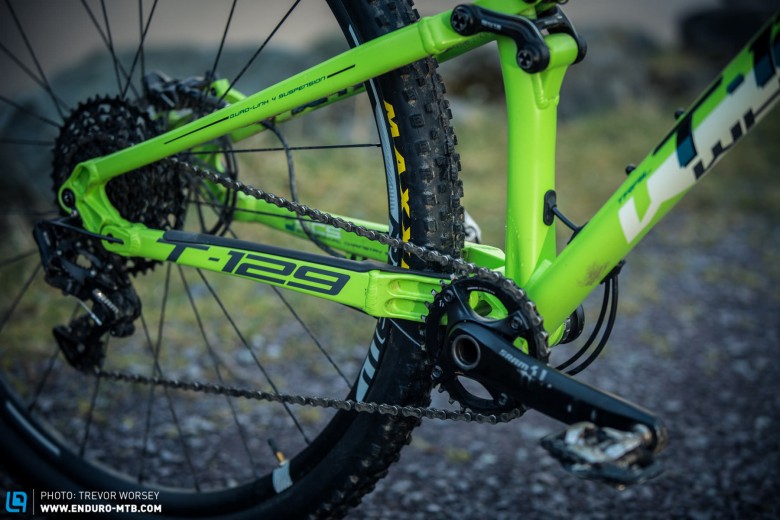
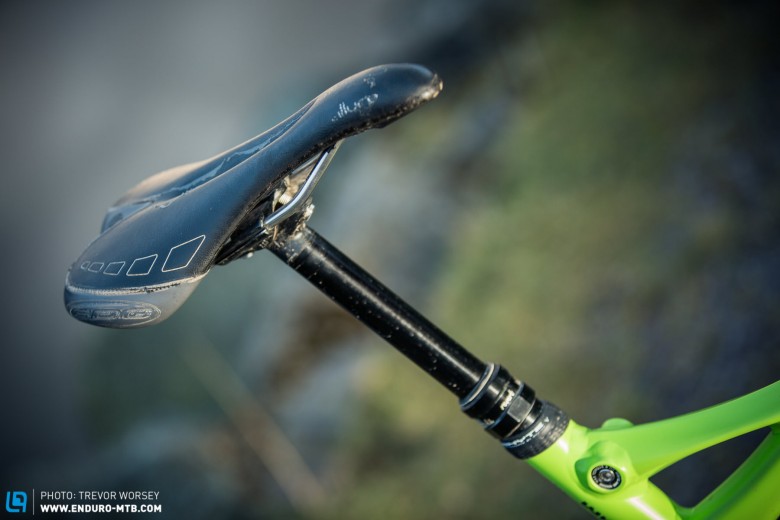
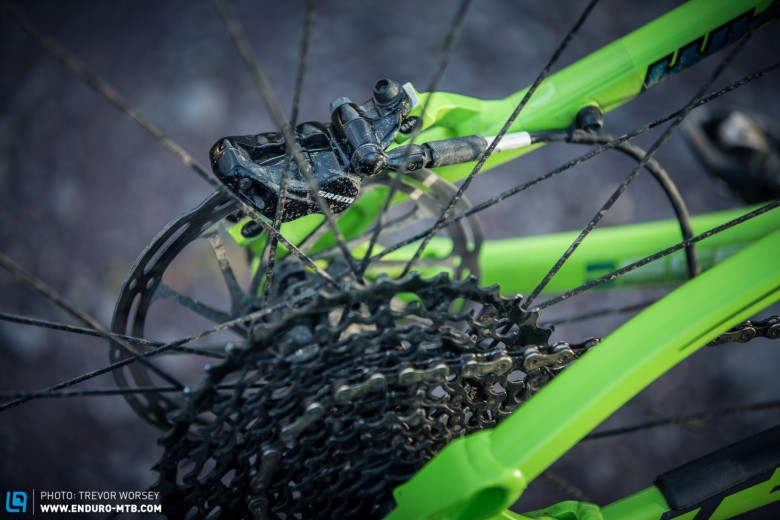
Initial setup was easy, the cockpit was great out of the box with a wide 750 mm bar and short 40 mm stem, putting the rider in a familiar and aggressive riding position. We were very impressed to see that Whyte had made full use of the single ring specific design and specified a reverb remote on the underside of the left brake mount, resulting in a super clean and uncluttered cockpit!
We fitted one Bottomless Token to the Pike RC fork to help it ramp up and pressurized to 67psi to provide support under braking (Catherine is 60kg). The rear Fox Factory Float shock was pumped to 95psi providing good support, however we struggled to get the rebound damping dialed as the damping tune is quite strong for lighter riders. Our heavier testers had no issues, but Catherine has to run the shock with the minimum rebound damping to provide an active ride. Catherine also changed out the rear Maxxis Crossmark tyre for a Maxxis Beaver for more bite in the Scottish mud.
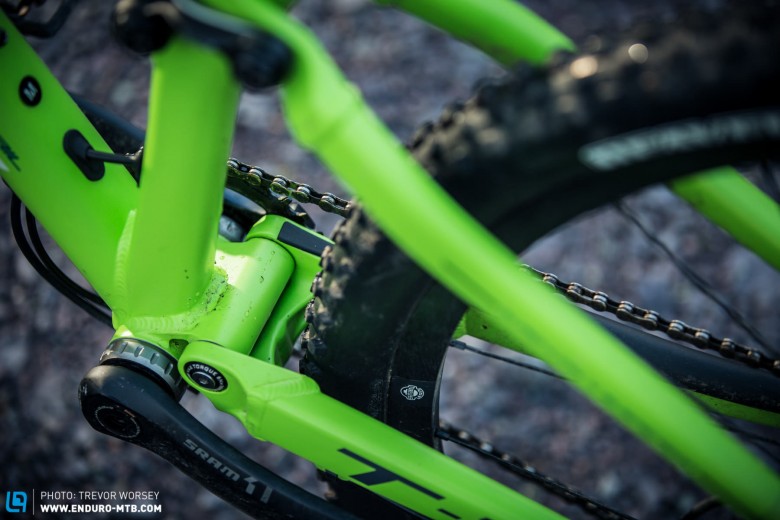
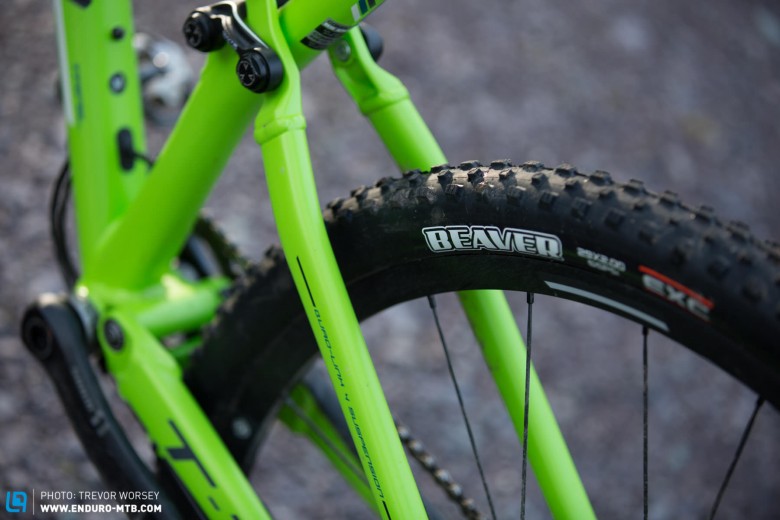
Over the last 6 months the T-129 Works has performed exceptionally well. The frame bearings have not needed any attention and both the headset and bottom bracket are still in good working order, though they may need changing soon. The only slight issue we had was a brake lever bending back after a short crash, however the lever bent back with careful leverage. The SRAM X1 drive train has performed faultlessly throughout the testing process and after 2 gear cable changes still shifts with precision. We have been impressed with the finish of the T-129, the distinctive Matt Apple colour scheme has shrugged off repeated crashes and impacts and still looks showroom fresh. The SRAM Roam 40 wheels have proven reliable, and only shown flex when the bike has been grabbed by heavier test riders.
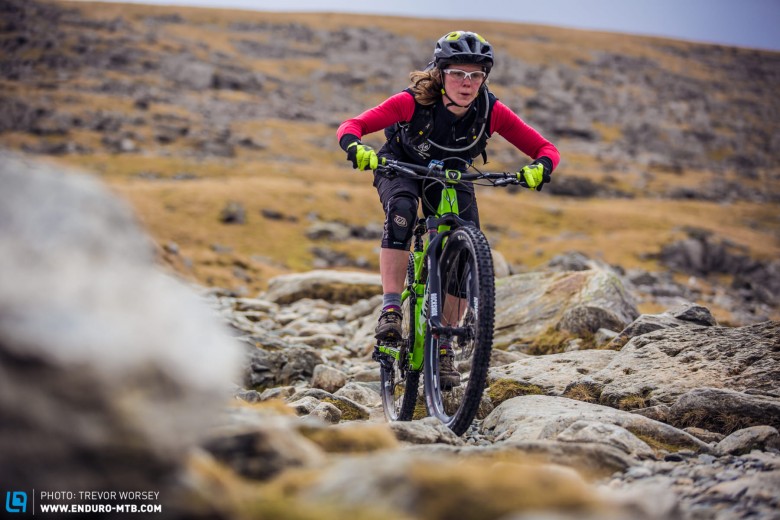
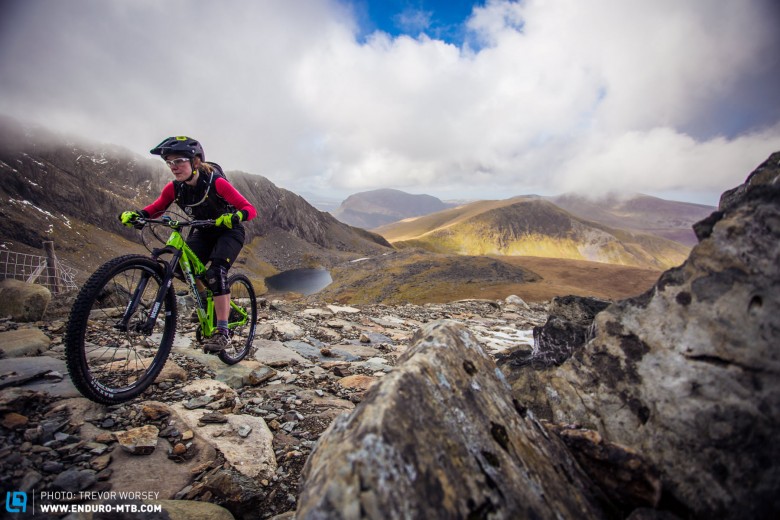
So, how does it ride? We have all heard the line “29ers are dull, clumsy and boring to ride”, the T-129 takes that overused sterotype, pulls its pants down and kicks it in the butt. In fact the T-129 is a rip snorting, rebellious ripper of a bike, and faster than most enduro bikes over open terrain. The agile handling allows you to slide and drift the rear end into turns and combined with the low slung frame it’s a real KOM slayer. The 120 mm rear suspension is biased more towards rapid progress than comfort – taught and progressive, there’s no hint of wallow or vagueness – just snappy intense feedback.
Where the T-129 feels most at home is on flowing technical singletrack, where you can let it run at speeds that feel ridiculous. The gyroscopic stability of the 29 inch wheels keep the bike planted, but the geometry provides a agile ‘race bike’ feel, allowing rapid direction changes and playful riding. Berms and supported corners become a test of nerve, how fast dare you go? The Whyte excels on trail centre terrain, picking up speed effortlessly and you will find yourself hauling into turns faster than expected
The SRAM Roam 40 wheels hold a good line in the rocks and the big 35 mm stanchioned Pike forks provide bags of confidence compared to the usual skinny forks supplied on short travel 29ers. It’s an easy bike to lift into the air over rocks and obstacles, and suits a more dynamic riding style. Due to the bikes capability we often found ourselves taking hard direct lines, and found we could not lazily plow through rocky sections, the 120 mm of travel requires concentration when pushing hard.
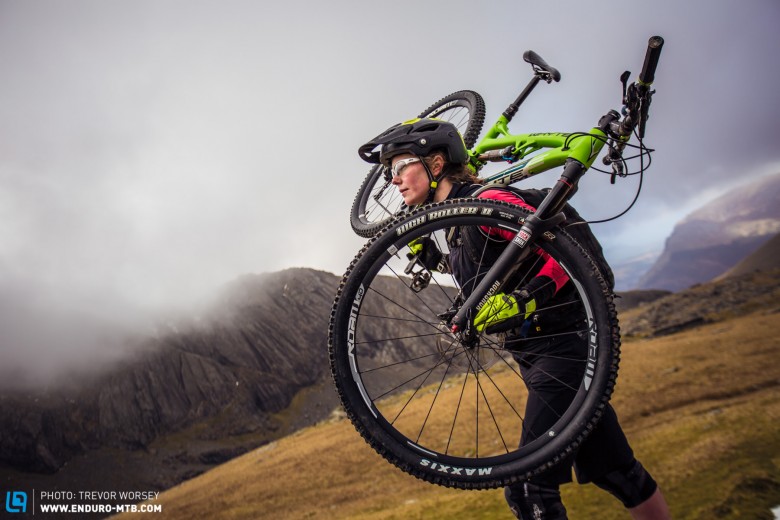
When climbing all the normal 29er attributes are present, the big wheels and light tyres claw up inclines with ease and the 1×11 gearing combined with a 32 tooth chainring provides ample gearing for steep sections. The long top tube and 68 degree head angle provide a comfortable and efficient climbing position and the bike sits tall in its travel. Climbing speed comes easy and it’s easy to drop the ‘big rigs’ crew when heading up the hill.
However that brings us to the elephant in the room, in order to create such a fun and agile rear end sacrifices have had to be made, and in this case it’s a big one, tyre clearance! We have tried to fit a number of rear tyres to the T-129 and anything bigger than the Maxxis Crossmark tends to rub on the chainstays in hard turns. As it stands for XC riding and trail riding the Crossmark rear tyres works well. However with a bike of this potential it’s a real shame that the back end cannot accept a burlier 2.3 tyre as it would open up the potential immensely (this has been improved in the 2016 range).
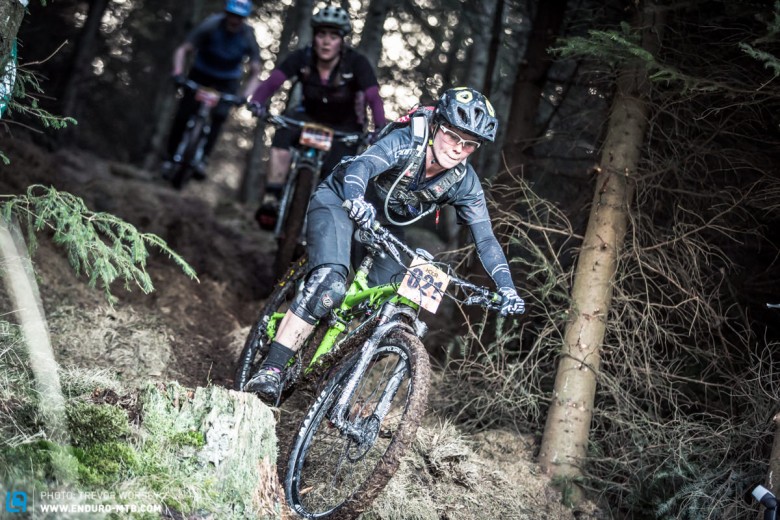
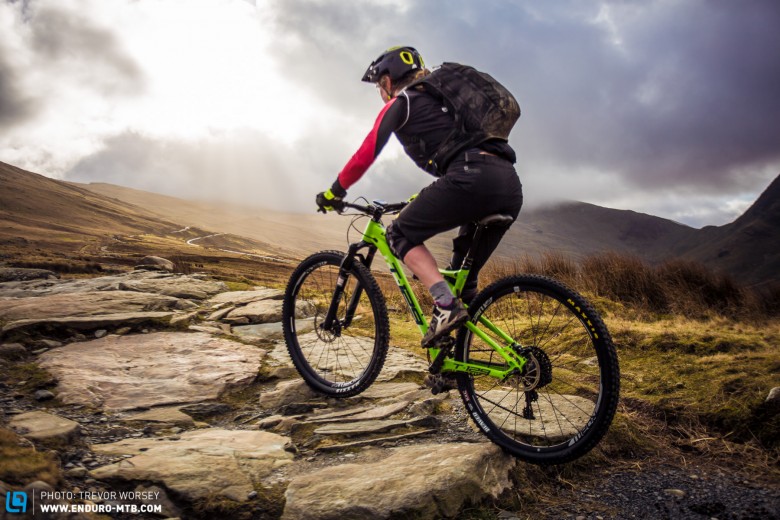
Cat has used the T-129 in many applications, from big mountain epics, to ten hour endurance races, and has enjoyed the experience. She is currently training for a 24 hour endurance race in October so the Whyte is racking up the miles. The Whyte T-129 is a great bike, switching seamlessly between a green missile to rally down singletrack and a long legged mountain climber. We would even say it’s one of the best 29er trail bikes for UK riding! We only wish that there was a tiny bit more clearance in the back for a bigger tyre, then the T-129 would really get into it’s stride.
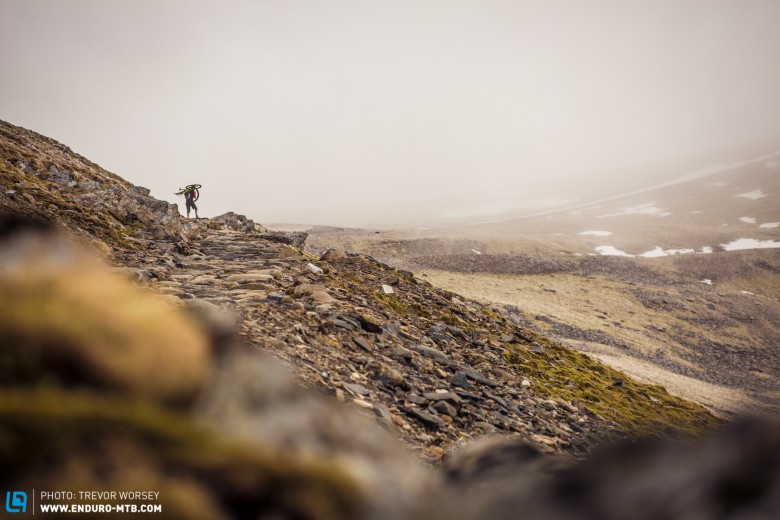
Words and photos: Catherine Smith and Trev Worsey
Did you enjoy this article? If so, we would be stoked if you decide to support us with a monthly contribution. By becoming a supporter of ENDURO, you will help secure a sustainable future for high-quality mountain bike journalism. Click here to learn more.



